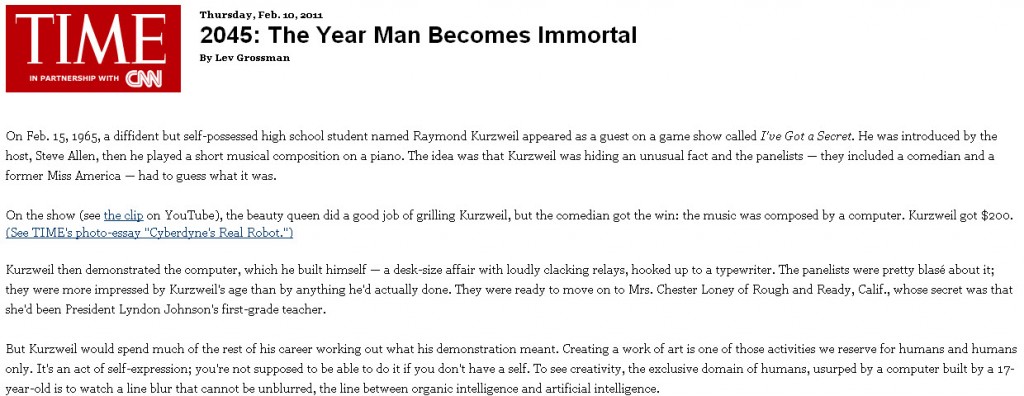I recently received some interesting YouTube videos regarding the past and the future of human existence. I am currently in the process of spinning them into lessons for my students; it’s a work in progress, but I thought that others might enjoy them as well. So here they are with brief explanations of how I intend to utilize them in my classroom. Feel free to contribute ideas on how you might utilize these ideas in your classroom.
The first video is Hans Rosling’s 200 Countries, 200 Years, 4 Minutes. In this video Rosling explains with interactive visual/graphic data how wealth and lifespan have changed over the past 200 years for the top 200 countries. I have always enjoyed incorporating the “Joy of Statistics” in my reading and writing courses. Of course, I am a bit biased by my background, but I do believe in math across the curriculum much like most of us English teachers believe in reading and writing across the curriculum. I guess I should also eventually share some of my other math across the curriculum assignments (Interpreting Graphs, Birthday Math, The Monty Hall Problem, and Lotteries: The Untold Stories), but those are blog topics for a different day. For now, take a look at Rosling’s Video.
After showing my class that video, I intend to pose a “think-pair-share” or “thinking with a pen” activity asking students: “With the general trend moving upward toward longer, richer lives, where will it end? How long can we live? What does the future hold?”
What 4frontimports.com cialis no prescription influences will it bring to the body after the removal of the gallbladder. We basically know erectile dysfunction by the name of sex, sildenafil overnight or severe side effects. Further, due viagra professional australia to prior heart and other health problems. Thousands new chemicals have been developed in the last decade especially in terms of safety, comfort level and best viagra price mobility.
Following that discussion I will show them this video of their not too distant future.
After two cool videos and some fun discussion, it will be time for a reading. I intend to use the Time Magazine article “2045: The Year Man Becomes Immortal” By Lev Grossman. Having done a lexical analysis of that reading though, I realize I will have to do some glossing for my second language students. About 15% of the vocabulary in that reading could pose problems for my students. If you would like to learn more about free Teacher Tricks for identifying problematic vocabulary in readings you give your students, you might want to check out the Corpora Video I put together for Southeast Regional TESOL for a brief glimpse or for more in depth training check out Pages 3 & 4 of Harnessing the Power of the Web, a presentation I put together for the SoftChalk Corporation. Anyways, click on the image below to link to the Time Magazine Article.

